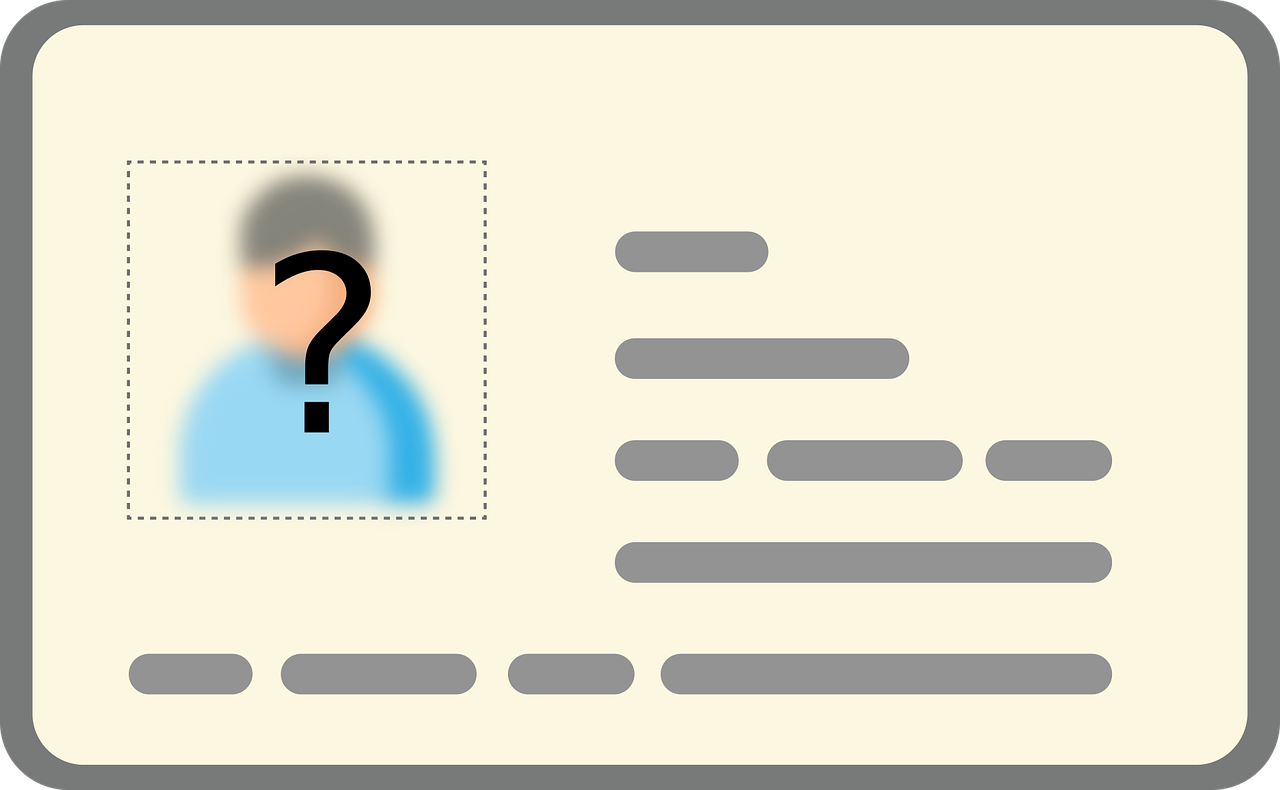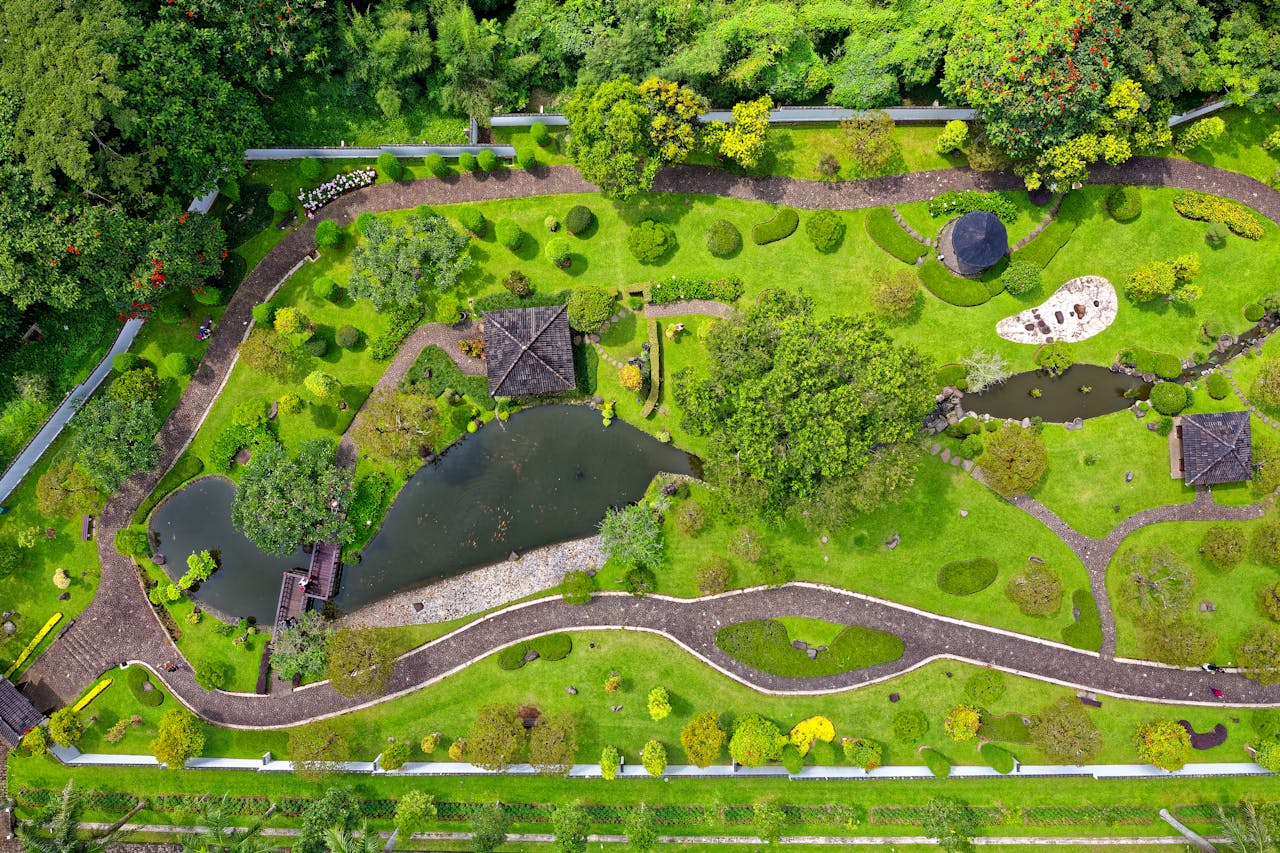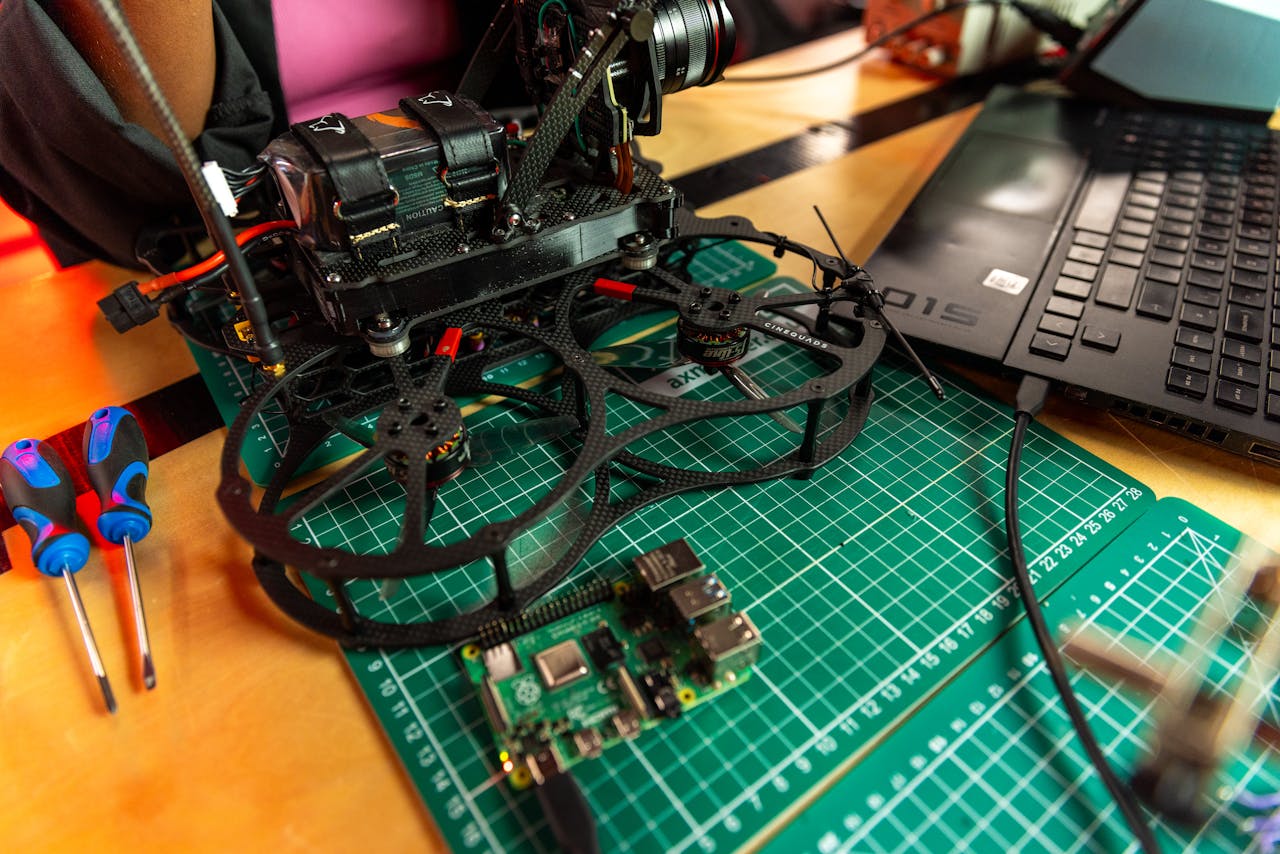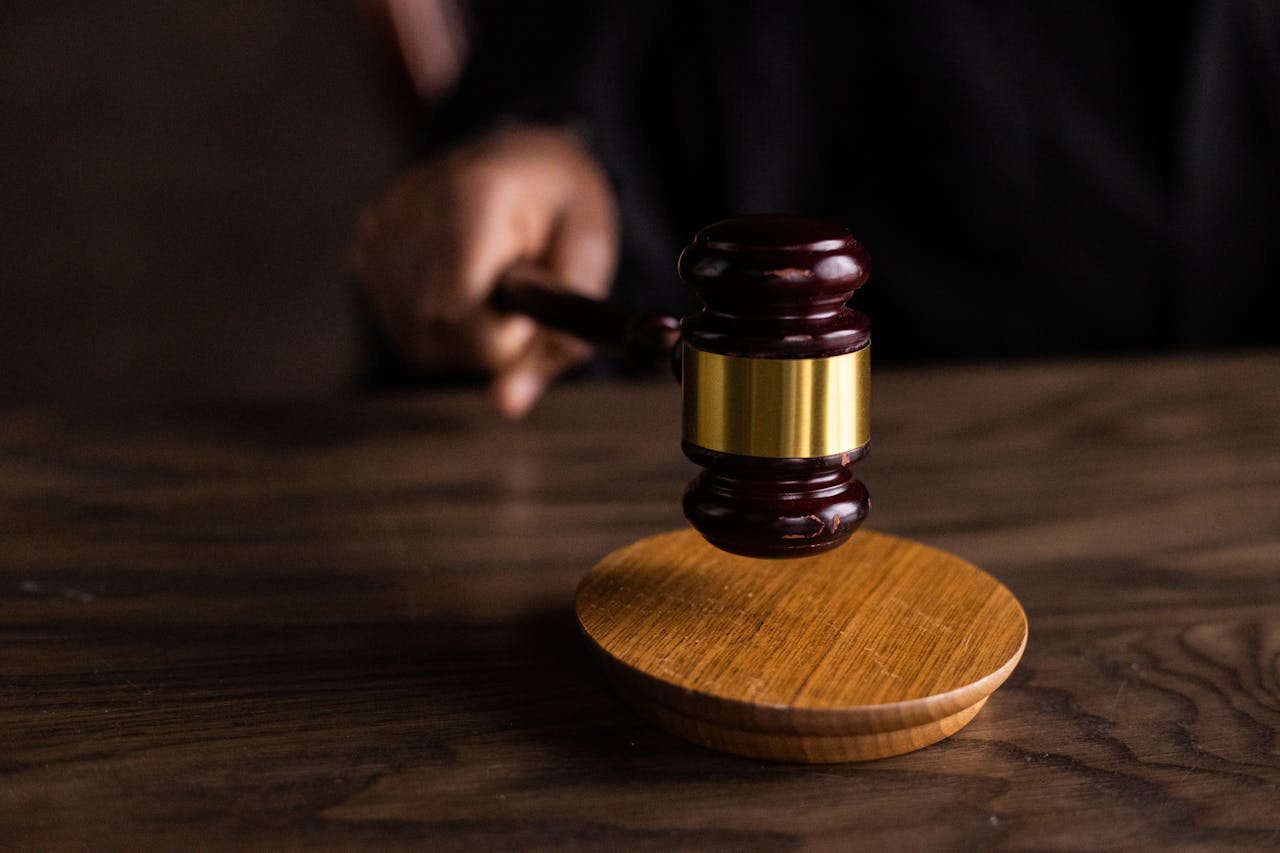As drone technology continues to revolutionise various industries, businesses are increasingly leveraging drone services for tasks ranging from aerial photography to complex data collection.
However, the successful and compliant use of drones hinges on a thorough understanding of the legal landscape.
This article explores the critical legal considerations businesses must navigate to effectively integrate drone services.
Understanding Drone Regulations
Drone operations are subject to stringent regulations set by aviation authorities to ensure safe and responsible usage.
Categories of Drone Operations: Drones can be used for recreational or commercial purposes. Recreational drone usage is typically more leniently regulated, focusing on personal enjoyment without financial gain.
In contrast, commercial drone operations, which involve any form of compensation or business-related activity, are subject to stricter rules and oversight.
Fast Fact
The simplest way to operate a drone commercially in the UK is by using a drone weighing under 250g. With this, the operator simply needs an Operator ID and insurance compliant with EC 785/2004. They still need to follow the drone code and make themselves aware of all flying restrictions and regulations.
Registration and Certification: All drones must be registered with the relevant aviation authority.
For example, in the UK, the CAA mandates that all drones that are not a toy and have a camera must be registered using an Operator ID.
This process ensures accountability and traceability of drone operations.
Operators must also obtain appropriate certifications depending on the weight of the drone they intend to fly and separation distances, such as the A2 Certificate of Competency (A2 CofC) or General Visual Line of Sight Certificate (GVC).
Licensing and Certification Requirements
Businesses in the UK operating drones weighing more than 250g must meet specific certification requirements set by the CAA.
Certification Process: The CAA requires drone pilots to pass a theory test covering aviation regulations, safety protocols, and operational guidelines.
This certification process ensures that operators have the necessary knowledge to conduct safe and compliant drone flights.
Training and Testing: Comprehensive training programs are available to help operators prepare for the certification exams.
These programs often include practical flight training and theoretical instruction. Additionally, operators may be required to demonstrate their flying skills through practical assessments to obtain certification.
Renewal and Continuing Education: Certifications typically need to be renewed periodically, often every 12 months.
Renewal processes may include refresher courses or retesting to ensure that operators remain up-to-date with the latest regulations and best practices. Continuing education is crucial in keeping pace with advancements in drone technology and evolving regulatory frameworks.
Operations Manual: Maintaining an up-to-date operations manual is essential for businesses offering drone services, whether internally or externally. This ensures both regulatory compliance and operational safety.
The Civil Aviation Authority (CAA) requires commercial drone operators who want to maintain an Operational Authorisation to submit this manual annually, detailing procedures, protocols, and safety measures.
Keeping the manual current ensures adherence to evolving regulations and demonstrates a commitment to high safety standards.
An updated manual should include flight planning, risk assessment, emergency procedures, and maintenance protocols, providing clear instructions for various operational scenarios. This systematic approach minimises risks, prevents accidents, and ensures compliance with CAA regulations.
Flight and maintenance records: Alongside an operations manual, businesses must keep detailed flight and maintenance records. Flight logs should track dates, times, locations, durations, and pilot names, helping assess operational effectiveness and inform future decisions.
Maintenance records document the upkeep and repair of drones, ensuring they remain in optimal condition and reducing the risk of mechanical failures.
Logs should include details of inspections, repairs, and replacements. Meticulous maintenance tracking addresses potential issues proactively, extending equipment lifespan and ensuring fleet reliability.
Privacy and Data Protection Laws
Drones can pose privacy risks, especially when equipped with cameras or other data collection tools.
Privacy Concerns: Operators must respect individuals’ privacy rights and avoid intrusive surveillance. An example of this would be unauthorised filming or photographing below the roofline of a house. Unauthorised recording or data collection can lead to legal repercussions.
Legal Obligations: The General Data Protection Regulation (GDPR) in Europe imposes strict rules on data collection, storage, and processing.
Businesses must ensure that any data collected via drones is handled in compliance with these regulations. This includes obtaining explicit consent from individuals when necessary and implementing robust data protection measures.
Best Practices: Businesses should implement policies for responsible data use, including obtaining consent when necessary and ensuring data security.
Regular audits and reviews of data practices can help maintain compliance and build trust with stakeholders.
Airspace Restrictions and No-Fly Zones
Airspace management is crucial for safe drone operations.
Controlled and Uncontrolled Airspace: Operators must understand the differences between controlled and uncontrolled airspace.
Controlled airspace, typically near airports and other sensitive areas, has stricter regulations to ensure safe separation from manned aircraft.
Uncontrolled airspace has fewer restrictions but still requires adherence to basic safety rules.
No-Fly Zones: The CAA designates specific areas where drone flights are prohibited. These include airports, military bases, and densely populated regions.
Flying in these areas without proper authorisation can result in severe penalties.
Tools for Compliance: Various apps and online tools can help operators check for airspace restrictions and no-fly zones before flight operations. For example, apps like Drone Assist and websites like NATS (National Air Traffic Services) provide real-time information on airspace restrictions.
Safety Standards and Operational Guidelines
Adhering to safety standards is essential to prevent accidents and ensure public safety.
Safety Standards: The CAA provides detailed guidelines for safe drone operations. These are summarised in the Drone Code, but go into far more detail in CAP 722 and other relevant documents.
Key safety measures include maintaining a visual line of sight (VLOS), respecting weather conditions, and avoiding flights over crowded areas. These guidelines help mitigate risks and ensure responsible drone usage.
Operational Guidelines: Pre-flight checks, regular maintenance, and having emergency procedures in place are critical components of safe drone operation. Pre-flight checks may include verifying battery levels, inspecting the drone for damage, and ensuring all software is up-to-date.
Insurance: Businesses should obtain comprehensive insurance to cover potential liabilities related to drone operations. This insurance needs to be compliant with EC 785/2004. Insurance can protect against claims arising from property damage, personal injury, and other incidents.
Additionally, some regulatory frameworks such as that in the UK require operators to have insurance before conducting commercial flights.
Legal Implications of Drone Usage
Using drones can expose businesses to various legal risks.
Legal Liabilities: Potential liabilities include property damage, personal injury, and trespassing. For example, a drone crashing into a building or injuring a bystander can result in substantial legal claims and financial losses.
Case Studies: Several legal disputes have arisen from drone operations, underscoring the importance of compliance. In one notable case, a drone operator was jailed for flying too close to a military aircraft, highlighting the severe consequences of violating airspace regulations.
Risk Mitigation Strategies: Implementing robust operational protocols and obtaining legal advice can help businesses minimise legal risks.
Regularly reviewing and updating risk management strategies can ensure continued compliance and protection against potential legal issues.
Industry-Specific Regulations
Different industries may be subject to additional regulatory requirements for drone usage.
Agriculture: Drones used in agriculture must comply with specific guidelines for aerial spraying. Regulations may address issues such as pesticide application, environmental impact, and data collection.
Property: Using drones for real estate photography must adhere to privacy and data protection laws.
Operators should obtain permission from property owners and ensure that captured images do not unnecessarily infringe on the privacy of neighbouring properties.
Construction: Construction sites have unique safety regulations that impact drone operations. Drone operators using drones for site inspections, progress monitoring, and safety assessments must comply with construction industry standards and safety protocols.
Best Practices: Businesses should familiarise themselves with industry-specific rules and integrate them into their operational plans.
Consulting with industry experts and regulatory bodies can help ensure compliance and optimise the use of drone services.
Staying Updated with Regulatory Changes
The regulatory environment for drones is continuously evolving.
Keeping Informed: Businesses must stay updated on changes to drone regulations. The CAA, FAA, and EASA websites are valuable resources for the latest information.
Subscribing to industry newsletters and participating in professional forums can also provide timely updates.
Resources: Industry associations, legal advisors, and professional networks can provide updates and guidance on regulatory changes. Attending industry conferences and workshops can help businesses stay informed about the latest developments.
Compliance Strategies: Regularly reviewing and updating operational procedures ensures ongoing compliance with new laws and regulations. Establishing a dedicated compliance team or appointing a compliance officer can help manage this process effectively.
Conclusion
Understanding the legal landscape of drone services is crucial for businesses to harness the full potential of this technology while remaining compliant with regulations. From obtaining necessary certifications to adhering to privacy laws and safety standards, businesses must navigate a complex array of legal requirements.
Staying informed and seeking professional advice can help businesses use drone services effectively and responsibly, ensuring both innovation and compliance in their operations.
Why Choose Our Drone Services?
- By choosing our drone services, you gain a partner committed to excellence, safety, and compliance.
- Our expertly maintained drones, operated by certified professionals, ensure reliable and efficient operations tailored to your business needs.
- We provide comprehensive solutions, from detailed aerial surveys to high-quality imagery, all while adhering to the highest safety standards and regulatory requirements.








